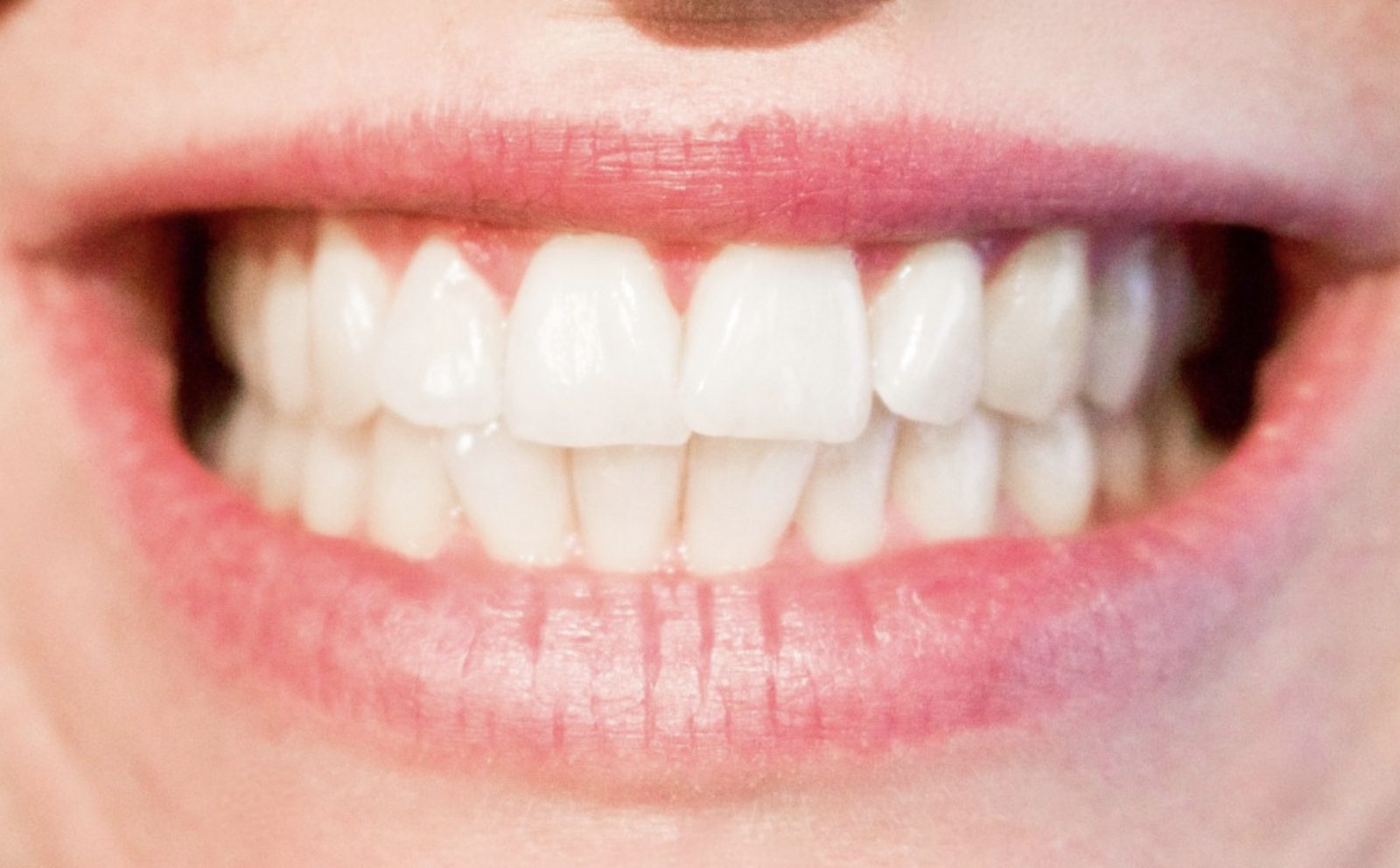As well as taking the time to take care of your braces at home, you must also listen to your orthodontist’s advice before, during, and after your treatment plan is complete. With decades worth of knowledge and experience of fitting braces, they should be able to guide you through the entire process from start to finish as well as answer any niggling questions or queries you may have at any point during your treatment. When it comes to fitting braces, the installation process is only half the battle. To learn more, seek advice from the Top Dentist in UAE.
Reader's Roadmap
1. Take the time to clean metal brackets and wires
If you have been fitted with standard braces, you will be familiar with the pain and inconvenience that may come with them. As well as eliminating crunchy, sticky, or gummy foods from your diet, you must also take the time to clean metal brackets and wires. This can get rid of any stubborn food particles or lingering bacteria that remains largely unchanged after standard brushing and flossing. By failing to do so or ignoring the problem for a prolonged period of time, you may end up inflicting permanent damage on your teeth that will be visible upon the removal of your braces.
Some of the best dentists in Tucson will even provide you with specialist dental equipment that is designed to fit between wires and brackets, making the job easier for you in the long run.
If you are struggling to access those hard-to-reach areas, interdental brushes should be able to remove any stubborn food from between your teeth and leave your mouth looking and feeling clean. A Renowned Dentist in Dubai will suggest you to take help from the professional who fixed your braces for cleaning advice. Just to ensure you are not doing anything wrong.
2. Brush and floss your teeth twice a day
Regardless of which type of braces you have been prescribed, you must continue to brush and floss your teeth twice a day. With standard braces, you should take the time to ensure you are leaving no stone unturned. This may require extra time in the morning and before bed. If you have been fitted with clear aligners, on the other hand, you should be able to remove your braces and brush and floss your teeth as normal. This can allow you to maintain good oral hygiene and prevent the build-up of plaque or tartar over time. With braces, you should, ideally, brush your teeth after every meal. This can allow you get rid of any food before it has had the chance to stick to metal wiring or brackets or get caught under clear braces and pushed further into the gaps between your teeth. When it comes to braces, good oral hygiene is key.
3. Adjust your diet
Adjusting your diet is just one of the sacrifices you must make when you are fitted with braces. This can prevent your treatment from being interrupted by any emergency appointments to mend a snapped or broken brace and allow your teeth to realign at a pace that suits you. A balanced diet comprised of soft foods is usually recommended by dentists and orthodontists alike. Examples of safe foods and drinks include cheese, yoghurt, smoothies, milkshakes, pasta, bread, rice, and soup. Examples of foods and drinks that tend to be advised against include popcorn, potato chips, toffee, caramel, pizza crust, fizzy drinks, raw vegetables, and perhaps the worst of all, chewing gum. By making these changes, you can relax knowing you are doing everything you can to assist your orthodontist with the individual treatment plan they curated for you.
4. Protect your mouth during sports
Playing sports is key to maintaining a healthy lifestyle. Whether you are an avid sports fan or are just looking to try your hand at rugby for the first time, you must take steps to protect your mouth from injury. Mouth guards are mandatory for a number of contact sports for a reason. They protect your teeth, tongue, gums, and cheeks from the trauma of your teeth grinding together during play or the impact of being hit in the face with a ball. If you were involved in an accident or injury whilst playing sports, the process of receiving emergency orthodontic care may not only be time-consuming but expensive for the wearer. You may also be able to source a mouth guard that has been designed for wearers of braces.
5. Listen to the advice of your orthodontist
As well as taking the time to take care of your braces at home, you must also listen to the advice of your orthodontist before, during, and after your treatment plan is complete. With decades worth of knowledge and experience of fitting braces, they should be able to guide you through the entire process from start to finish as well as answer any niggling questions or queries you may have at any point during your treatment. When it comes to fitting braces, the installation process is only half the battle.
Braces may be an inconvenience, but they are integral to maintaining good oral hygiene and a healthy smile. To ensure your treatment runs as smoothly as possible, you should take the time to clean metal brackets and wires, brush and floss your teeth twice a day, adjust your diet, protect your mouth during sports, and listen to the advice of your orthodontist.







Leave a Reply
View Comments